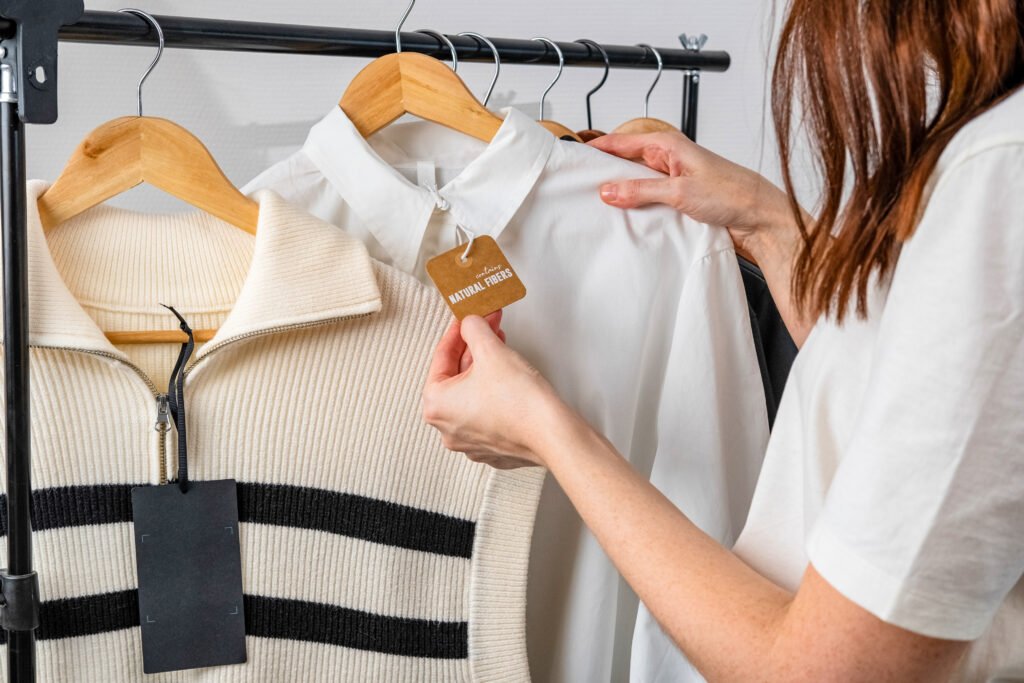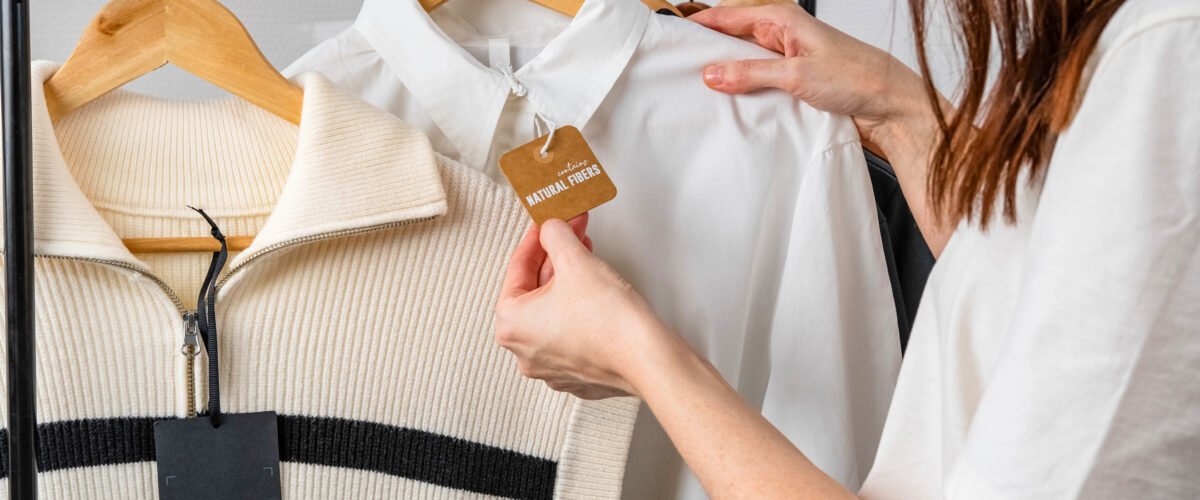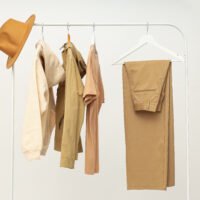The Real Price of Sustainable Fashion
In recent years, sustainable fashion has become a hot topic as consumers become more aware of the environmental and social impact of the clothing industry. Fast fashion, characterized by cheap, disposable clothing, has long been the norm, but the tide is turning. People are starting to question the real cost of those $5 t-shirts and demanding more ethical and eco-friendly alternatives. But what is the price of sustainable fashion?
Is it really worth paying more for clothing just because it’s labeled as “sustainable”? In this comprehensive guide, we’ll explore the true costs – both financial and environmental – of sustainable fashion, and help you decide if it’s a worthy investment for you.
The Environmental Cost of Fast Fashion
Before we dive into the costs of sustainable fashion, it’s important to understand the high environmental toll of fast fashion. The clothing industry is one of the most polluting industries in the world, second only to oil.
Here are just a few staggering facts:
– It takes around 700 gallons of water to produce one cotton t-shirt.
– The fashion industry produces 20% of global wastewater and 10% of global carbon emissions – more than international flights and maritime shipping combined.
– Around 85% of all textiles go to landfills each year, and washing clothes releases 500,000 tons of microfibers into the ocean annually, the equivalent of 50 billion plastic bottles.
Clearly, the environmental costs of fast fashion are massive and unsustainable. But what about the financial costs of going green?
The Price Tag of Sustainable Fashion
One of the biggest criticisms of sustainable fashion is that it comes with a much higher price tag. And it’s true – you can expect to pay 2-3 times more for an ethically made shirt or dress compared to a fast fashion piece.

For example:
– A basic t-shirt from a fast fashion brand like H&M might cost $5-10
– An equivalent organic cotton t-shirt from a sustainable brand like Pact could cost $20-30
So why the markup? There are a few key reasons sustainable fashion costs more upfront:
Better materials and production methods: Sustainable brands use higher quality, longer-lasting materials like organic cotton and wool rather than synthetic blends. They also implement environmentally-friendly production processes that limit emissions, water usage, and pollution.
Fair wages: Fast fashion brands rely on sweatshop labor in developing countries where workers (often children) earn a fraction of a living wage. Ethical brands ensure everyone from farmers to factory workers receives fair compensation.
Smaller scale: Sustainable brands don’t have the massive scale and resources of fast fashion giants, resulting in higher per-unit costs. They also can’t take advantage of rock-bottom pricing from overseas factories.
More thoughtful design: Rather than churning out dozens of new cheap styles every week, sustainable labels focus on classic, long-lasting designs. This slower production cycle raises costs but reduces waste.
So yes, the upfront cost is higher. But is sustainable fashion actually more expensive in the long run?
The Real Cost Per Wear
While an organic cotton t-shirt might be $25 vs. $8 for a fast fashion tee, the key difference is quality and longevity. That sustainable shirt is likely to remain in wearable condition 2-3 times longer before needing replacement.
Let’s look at an example comparing two $25 shirt purchases:
Fast fashion shirt:
– Costs $25 (sales, cheap materials)
– Lasts 6-12 months with heavy use
– Real cost per year of wear = $25-50
Sustainable shirt:
– Costs $25 (higher quality materials)
– Lasts 2-3 years with heavy use
– Real cost per year of wear = $8-12
As you can see, that sustainable shirt actually works out to a lower cost-per-wear over its lifespan. It’s an investment piece rather than a disposable purchase.
The Environmental Savings of Sustainable Fashion
Beyond just cost-per-wear, sustainable fashion has a much lower environmental impact across the entire lifecycle of a product. This is a major “cost savings” compared to fast fashion, even if it’s not reflected on the price tag.
From using less water, energy, chemicals and emissions during production to creating less waste downstream, sustainable fashion conserves precious natural resources.
According to one life cycle assessment, a simple cotton shirt made with environmentally-friendly processes and materials creates:
– 62% less environmental impact than a conventional cotton shirt
– 98% less impact than a polyester shirt
It adds up quickly across a whole wardrobe and over several years of wear. While the dollar costs may be higher upfront, sustainable fashion costs the planet far less.
How to Build an Affordable Sustainable Wardrobe
Making the switch to a fully sustainable wardrobe can seem daunting if you’re on a tight budget. But there are ways to make it work without breaking the bank.
Start slow: Begin by replacing worn-out fast fashion items with higher-quality sustainable pieces, one at a time. Things like t-shirts, sweaters, jeans, and shoes make great first investments.
Buy second-hand: The most sustainable clothing is what already exists. Check thrift stores, consignment shops, and online resale markets for sustainable labels at steeply discounted prices.
Focus your sustainable spending: Splurge on high-quality, investment pieces like coats, bags, and shoes that you’ll use for years. Go thrifted or fast fashion for trendier items.
Take care of your clothes: Sustainable fashion lasts longer with proper care. Fix holes, clean items properly, and store clothing correctly between seasons to maximize longevity.
Rent or swap: Try rental and clothing swap services to refresh your look without accumulating more stuff.
The Bottom Line
Is sustainable fashion expensive? In terms of upfront costs, yes – but it’s an investment that pays financial and environmental dividends over time.
By choosing high-quality eco-friendly pieces and caring for them properly, you actually get more cost-per-wear compared to fast fashion while drastically reducing your environmental footprint.
As sustainable fashion goes more mainstream, economies of scale should also help lower prices for ethical clothing. But for now, brands factor in the true human and environmental costs that fast fashion conveniently leaves out of the equation.
For eco-conscious consumers, sustainable fashion is well worth the added cost today to avoid paying the real price tomorrow.










very good publish, i certainly love this web site, carry on it
Thank you so much
I genuinely enjoy looking through on this web site, it has good posts.
Thank you so much
I simply wanted to jot down a brief remark in order to appreciate you for all of the superb information you are placing here. My considerable internet look up has at the end of the day been recognized with good quality ideas to exchange with my company. I would claim that most of us readers are undeniably endowed to be in a useful place with very many outstanding individuals with helpful tips and hints. I feel quite happy to have used the web page and look forward to some more entertaining times reading here. Thanks once more for a lot of things.
Thank you so mcuh, I took note.
What are some good Tumblr blogs that allow you to submit photos, to gain more followers?
Link exchange is nothing else but it is simply placing the other person’s website link on your page
at proper place and other person will also do same in favor of you.